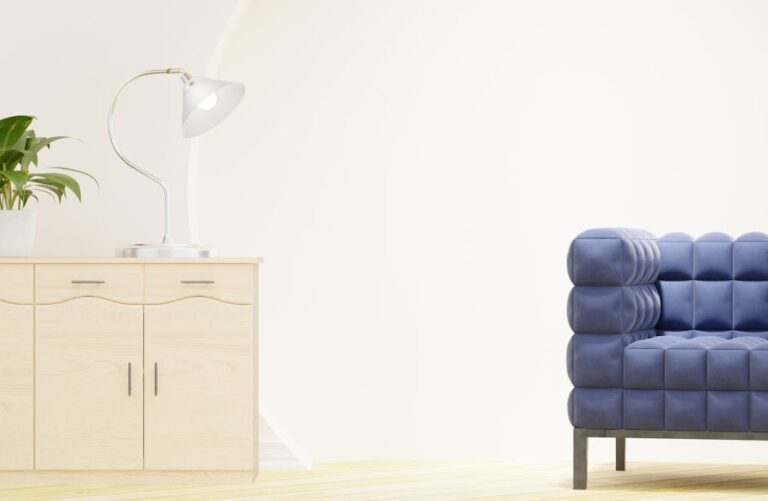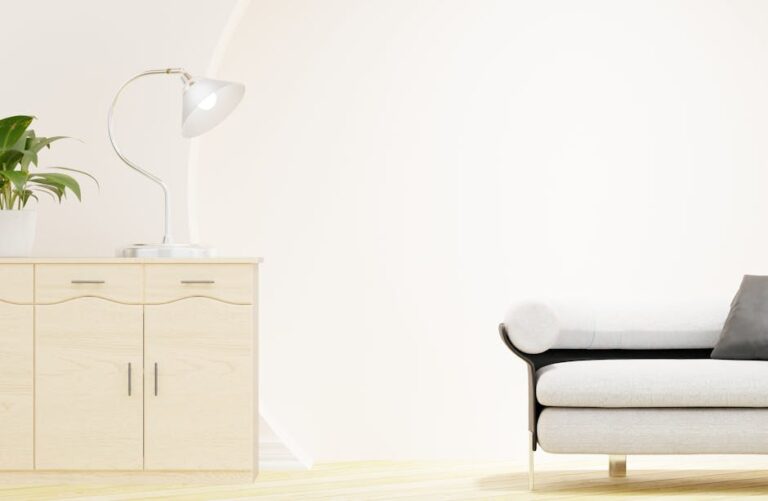
Purge Ruthlessly and Regularly: The Cornerstone of Minimalism
Maintaining a minimalist home isn’t a one-time decluttering event; it’s a continuous process of evaluation and refinement. The very foundation rests upon consistent purging. Commit to regular decluttering sessions, ideally quarterly, but monthly for high-traffic areas like kitchens and bathrooms. Ask yourself tough questions about each item: Have I used this in the past year? Does it serve a practical purpose? Does it genuinely bring me joy? If the answer to any of these is a resounding “no,” it’s time to let it go.
Employ the “one in, one out” rule. Every time you bring a new item into your home, consciously choose something similar to donate, sell, or recycle. This prevents accumulation and maintains a stable inventory. Consider decluttering challenges, such as the “30-Day Minimalism Game,” where you get rid of a certain number of items each day, escalating as the month progresses. This gamification can make the process more engaging and less daunting. Furthermore, be honest with yourself about sentimental items. Take pictures of them instead of keeping the physical object if it’s not actively contributing to your life.
Strategic Storage Solutions: Maximizing Space and Minimizing Clutter
Minimalism isn’t about bare walls; it’s about intentionality. That intention must extend to your storage solutions. Invest in multi-functional furniture. Ottomans with hidden storage, beds with drawers underneath, and coffee tables with compartments are invaluable for stashing away items without adding bulk to your living space.
Prioritize vertical storage. Shelves that reach the ceiling, wall-mounted organizers, and tall, slim cabinets maximize space and keep items off the floor. Opt for clear storage containers whenever possible. Seeing what’s inside prevents forgotten items from languishing in the back of a cupboard, leading to unnecessary repurchases.
Label everything! A well-labeled storage system is a minimalist’s best friend. It allows you to quickly locate items, preventing frantic searches that often lead to further disarray. Use consistent labeling throughout your home to create a cohesive and organized aesthetic. Embrace under-bed storage for seasonal items like clothing and bedding. Ensure items are properly cleaned and stored in airtight containers to prevent damage from dust and pests.
Embrace Digital Minimalism: Decluttering the Digital Landscape
Physical clutter isn’t the only enemy of minimalism. Digital clutter can be equally overwhelming and distracting. Regularly declutter your digital space by deleting unnecessary files, unsubscribing from unwanted emails, and organizing your digital photos and documents.
Utilize cloud storage to reduce reliance on physical hard drives and eliminate the need for excessive paper documents. Scan important documents and store them digitally, then shred the originals. Consider using password managers to declutter your mind and avoid writing down passwords on sticky notes.
Turn off unnecessary notifications on your phone and computer. Constant interruptions contribute to mental clutter and disrupt your focus. Curate your social media feeds. Unfollow accounts that don’t bring you joy or add value to your life. Digital minimalism is about being intentional with your technology and creating a more peaceful and focused digital environment.
Conscious Consumption: Breaking the Cycle of Accumulation
The key to long-term minimalist living is conscious consumption. Before making a purchase, ask yourself: Do I really need this? Will it add value to my life? Is there a more sustainable or minimalist alternative? Avoid impulse buys and resist the temptation of sales and promotions.
Prioritize quality over quantity. Invest in durable, well-made items that will last for years rather than cheap, disposable products that will quickly end up in the landfill. Consider borrowing or renting items that you only need occasionally, such as tools or party supplies.
Support sustainable and ethical brands that prioritize responsible manufacturing practices. Before buying anything new, explore second-hand options. Thrift stores, consignment shops, and online marketplaces are excellent resources for finding gently used items at affordable prices. Avoid single-use items whenever possible. Opt for reusable alternatives such as water bottles, shopping bags, and coffee cups.
Surface Management: Keeping Counters and Tables Clear
Cluttered surfaces are a visual distraction and a breeding ground for further clutter. Make it a habit to clear surfaces daily, putting everything back in its designated place. Designate specific areas for incoming mail, keys, and other everyday items.
Use trays and baskets to corral small items and prevent them from spreading across surfaces. Avoid leaving items on counters or tables unless they are actively being used. Create a “landing strip” near the entrance of your home for coats, shoes, and bags.
Regularly dust and wipe down surfaces to keep them clean and clutter-free. Incorporate surface management into your daily routine, just like brushing your teeth. This simple habit will make a big difference in maintaining a minimalist home.
Cleaning and Maintenance: Preventing the Buildup of Clutter
A clean home is a minimalist home. Regular cleaning prevents the buildup of dust, dirt, and grime, which can contribute to a feeling of clutter and disorganization. Establish a cleaning schedule and stick to it.
Focus on high-traffic areas and surfaces that tend to accumulate clutter. Use natural cleaning products to minimize exposure to harmful chemicals. Declutter as you clean. This allows you to identify items that you no longer need and get rid of them.
Repair items promptly to prevent them from becoming unusable and ending up in the trash. Learn basic repair skills or hire a professional to fix broken appliances, furniture, or clothing. Preventative maintenance is key to extending the lifespan of your belongings and reducing the need for replacements.
Mindful Placement: Arranging Items with Intention
The way you arrange your belongings can have a significant impact on the feeling of spaciousness and serenity in your home. Arrange furniture to maximize natural light and create clear pathways. Avoid overcrowding rooms with too much furniture.
Use negative space to create a sense of openness and balance. Group similar items together to create visual harmony. Consider the principles of feng shui when arranging your furniture and décor. Use color strategically to create a calming and cohesive environment.
Personalize your space with a few carefully chosen items that reflect your personality and interests. Avoid displaying excessive amounts of knick-knacks or trinkets. Less is more when it comes to minimalist décor. Regularly evaluate your layout and make adjustments as needed to optimize flow and functionality.
Developing Minimalist Habits: Integrating Minimalism into Daily Life
Minimalism is not just a design aesthetic; it’s a way of life. Develop minimalist habits to maintain a clutter-free home and a more intentional lifestyle. Make decluttering a daily habit, even if it’s just for a few minutes each day.
Practice gratitude for what you already have. This helps to curb the desire for more and appreciate the items that you own. Be mindful of your spending habits and avoid impulse purchases. Surround yourself with like-minded individuals who support your minimalist lifestyle.
Read books and articles about minimalism to deepen your understanding of the philosophy. Join online communities and forums to connect with other minimalists and share tips and inspiration. Remember that minimalism is a journey, not a destination. Be patient with yourself and celebrate your progress along the way.
